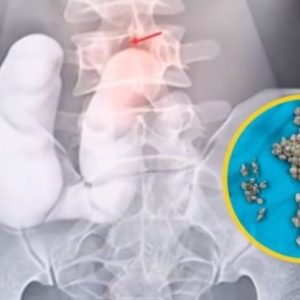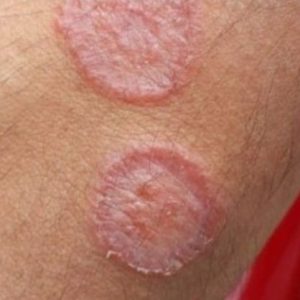
Blood pressure is one of the most important indicators of your overall health. It plays a central role in evaluating your risk of heart disease, stroke, and other serious conditions. Recently, major health organizations like the American Heart Association (AHA) and American College of Cardiology (ACC) introduced new blood pressure guidelines—lowering the numbers used to define hypertension. But are these guidelines suitable for everyone?
What Has Changed in the Guidelines?

Previously, hypertension was diagnosed when a person under 65 had a reading of 140/90 mm Hg or higher. For those over 65, the cutoff was 150/80 mm Hg. Now, thanks to insights from the 2017 SPRINT study, these thresholds have been lowered. The updated definition now labels 130/80 mm Hg or higher as high blood pressure for all adults, regardless of age.
The SPRINT trial studied over 9,000 individuals aged 50 and above who had elevated systolic blood pressure and at least one heart disease risk factor. It showed that lowering systolic pressure to 120 mm Hg or less significantly reduced heart attacks, strokes, and heart failure compared to maintaining it around 140 mm Hg.
New Blood Pressure Categories Explained

The revised guidelines also reclassified blood pressure levels:
- Normal: Below 120/80 mm Hg
- Elevated: 120–129 systolic and under 80 diastolic
- Stage 1 Hypertension: 130–139 systolic or 80–89 diastolic
- Stage 2 Hypertension: 140/90 mm Hg or higher
- Hypertensive Crisis: Over 180/120 mm Hg
Notably, the old term “prehypertension” has been removed and replaced with clearer categories for easier risk assessment.
Why These Changes Matter
Lowering the diagnostic threshold allows healthcare professionals to identify high blood pressure earlier and take preventive measures sooner. By catching hypertension in its early stages, patients may avoid more serious complications later in life.
Another shift: the guidelines no longer set different targets based on age. Older adults, who were previously considered at higher thresholds, are now included in the same 130/80 benchmark. This is a direct result of SPRINT’s finding that lowering blood pressure is beneficial across age groups.
Are These Guidelines for Everyone?

While the updated numbers offer a more proactive framework, they may not apply equally to all individuals. If you were already managing hypertension before, your treatment may not change significantly—lifestyle changes, medication, and diet remain essential. However, doctors may now aim for even lower blood pressure targets to reduce your long-term risk.
For adults over 65, the new standards could classify many more people as hypertensive. But this doesn’t mean everyone should start taking medication. Instead, physicians often recommend:
- Improving diet (e.g., DASH or Mediterranean diets)
- Increasing physical activity
- Managing weight
- Monitoring blood pressure regularly
Medication is usually only advised for those in Stage 1 hypertension who already have cardiovascular disease or a 10-year risk over 10% for heart-related events.
The Importance of Home Monitoring

Regular monitoring at home is strongly encouraged under the new guidelines. Affordable and accurate home blood pressure monitors are widely available, empowering individuals to track their own readings. Just make sure to follow best practices:
- Sit calmly for five minutes before measuring
- Keep your back supported and legs uncrossed
- Measure at the same time each day
Conclusion: One Size Doesn’t Fit All
The updated blood pressure guidelines mark a major shift in how we view and treat hypertension. They emphasize early intervention and better long-term outcomes. But it’s crucial to remember: each person’s health profile is unique.
Always consult your doctor to develop a personalized plan that considers your age, health history, and lifestyle. With regular monitoring, thoughtful care, and the right strategies, you can take meaningful steps to protect your heart health.




